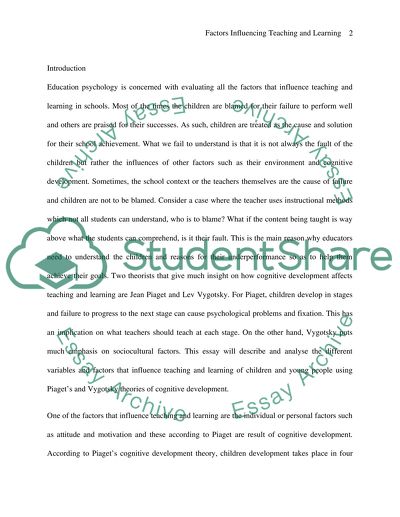Cite this document
(“Variables and factors that influence teaching and learning with young Research Paper”, n.d.)
Variables and factors that influence teaching and learning with young Research Paper. Retrieved from https://studentshare.org/psychology/1637798-variables-and-factors-that-influence-teaching-and-learning-with-young-people
Variables and factors that influence teaching and learning with young Research Paper. Retrieved from https://studentshare.org/psychology/1637798-variables-and-factors-that-influence-teaching-and-learning-with-young-people
(Variables and Factors That Influence Teaching and Learning With Young Research Paper)
Variables and Factors That Influence Teaching and Learning With Young Research Paper. https://studentshare.org/psychology/1637798-variables-and-factors-that-influence-teaching-and-learning-with-young-people.
Variables and Factors That Influence Teaching and Learning With Young Research Paper. https://studentshare.org/psychology/1637798-variables-and-factors-that-influence-teaching-and-learning-with-young-people.
“Variables and Factors That Influence Teaching and Learning With Young Research Paper”, n.d. https://studentshare.org/psychology/1637798-variables-and-factors-that-influence-teaching-and-learning-with-young-people.


